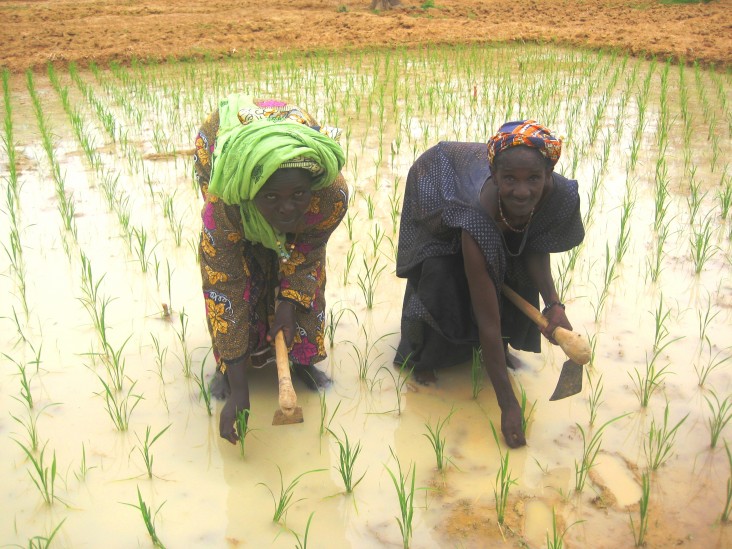Speeches Shim

With 80 percent of its population engaged in agricultural activities, the sector is the cornerstone of Mali’s economy and holds great potential for driving economic growth. At the same time, over 29 percent of the population is malnourished. Low productivity, post-harvest crop losses, under-developed markets, and vulnerability to climate change are some of the major challenges which need to be addressed for Mali to become food secure and benefit from more broad-based economic growth. While only seven percent of 43.7 million arable hectares of land is currently cultivated and 14 percent of 2.2 million potential irrigable hectares are currently irrigated, the potential for agriculture growth and expansion in Mali is high. U.S. investments promote food security and more inclusive economic growth by:increasing agricultural productivity; promoting the adoption of yield-increasing technologies and the extension of soil and water conservation practices; strengthening input market development; improving the quality and value added of key food commodities; supporting the commercialization of surpluses; and mitigating adverse impacts of climate change.
Feed the Future, the U.S. Government’s global hunger and food security initiative, increases agricultural and nutrition by delivering technology and knowledge, and building local institutional capacity to spur a vibrant private sector-led approach to achieve economic and food security. Feed the Future invests in three value chains in Mali:
- Millet and sorghum for food security and poverty reduction;
- Rice for growth in household incomes and food security; and,
- Livestock for growth in household incomes and nutrition.
FTF Mali Focus communes ![]() (pdf - 1 MB)
(pdf - 1 MB)
FACT SHEETS
INFOGRAPHICS
- Feed the Future Performance Evaluation of the Livestock for Growth (L4G) Activity in Mali
- Feed the Future Performance Evaluation of the Cereal Value Chain (CVC) Activity in Mali


Comment
Make a general inquiry or suggest an improvement.